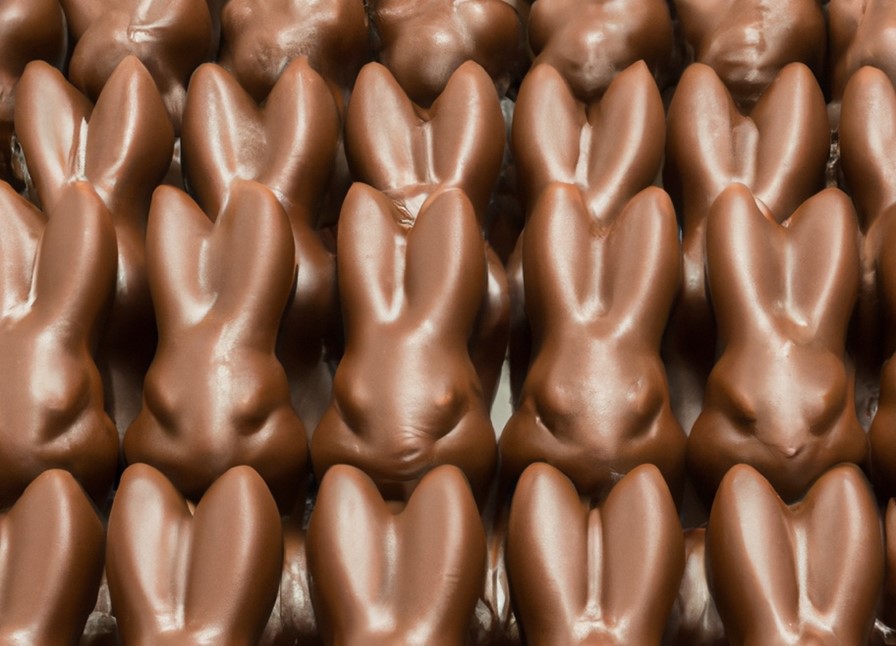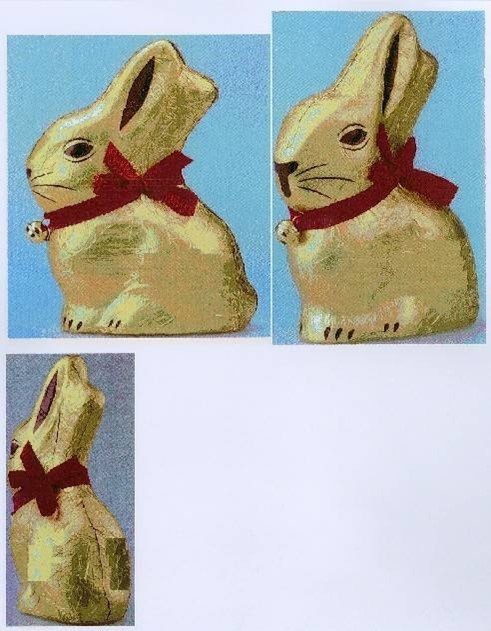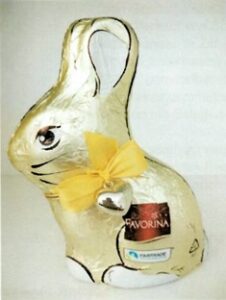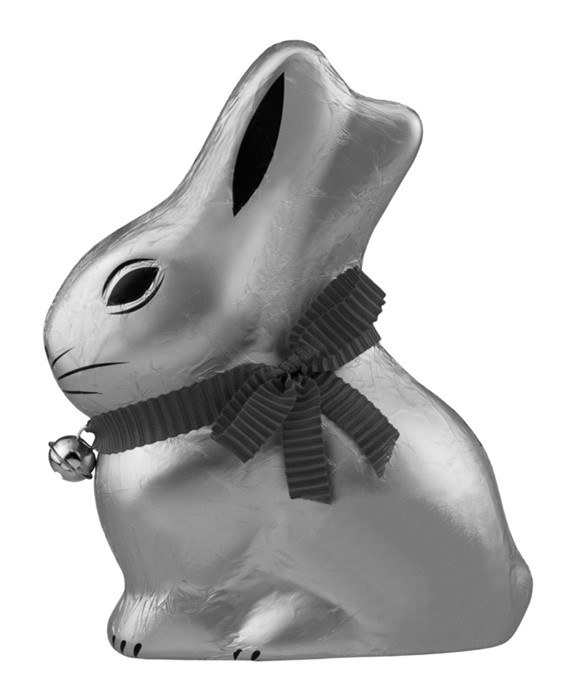Lindt vs Lidl: can we monopolize the Easter bunny?
With the Easter season upon us, it’s time to take a look back at the recent ruling by the Swiss Federal Supreme Court ordering the Swiss subsidiaries of the German retail giant to destroy their chocolate bunnies because of a risk of confusion with the Swiss chocolate maker’s chocolate.

Can Lindt monopolize the image of the Easter Bunny?
Don’t worry! You’ll continue to find Easter bunnies other than Lindt’s on the shelves! Indeed, the myth of the Easter Bunny dates back to the 17th century, and its use in chocolate form to the 19th century. The Easter Bunny, as such, therefore belongs to the public domain and cannot normally be monopolized by registering it as a trademark (see also the decision of the Federal Administrative Court concerning Lindt’s attempt to register a trademark representing Santa Claus).
On the other hand, it is possible to register a public domain sign when it has established itself over time as a sign “individualizing” the products of a given company. In other words, when the public makes the connection between the public domain sign and a certain company. This is known as a compulsory brand (art. 2 let. a LPM).
And this is precisely the case with Lindt, which was able to prove through a survey (“demoscopic study”) that a large majority of the Swiss population makes a link between Lindt and its rabbit.
But Lindt can’t monopolize all chocolate bunny representations. It can only prohibit the use of those that present a risk of confusion with its rabbit trademarks. So is this the case with the Lidl rabbit?
A risk of confusion between rabbits?
In this ruling, the existence of a likelihood of confusion was examined between the following rabbits (signs):
In this case, our High Court ruled that Lidl’s rabbit created an overall impression similar to Lindt’s, and therefore created a risk of confusion in the eyes of the general public. In contrast to the previous authority, the Federal Court ruled – debatably – that the differences with the Lindt design, such as the inscription “FAVORINA”, the shape of the pendant, the paws and the whiskers, were insufficient to distinguish it from the Lindt design. In the case of food products, the Federal Court considers that the public concerned would pay more attention to the shape of the rabbit than to the inscriptions on it (labels and decorations).
A real risk of confusion or rather a parasitic use?
But isn’t there a contradiction in noting the high level of recognition of the Lindt rabbit among the public concerned, while at the same time admitting a risk of confusion?
If consumers recognize the Lindt rabbit so well, are they really likely to confuse it with another? Isn’t it more a case of possible parasitic behaviour (art. 2 and 3 let. e LCD, or even art. 15 LPM applicable to highly reputed trademarks in view of the recognition rate of the trademark) rather than a risk of confusion?
Unfortunately, the Federal Court did not examine this question in its ruling, since Lindt’s appeal had already been upheld on the basis of the existence of an alleged likelihood of confusion. While the legal solution adopted may come as a surprise, we can assume that the outcome of the decision would probably not have been very different… It remains regrettable, however, that our High Court did not seize the opportunity to distinguish between these two forms of behavior. In practice, it often turns out that consumers are not fooled and are aware that they are not dealing with “original” products. The problem lies more in the fact that competitors, such as hard discounters, present their products as cheap alternatives to well-known products, taking advantage of their reputation and marketing efforts.




